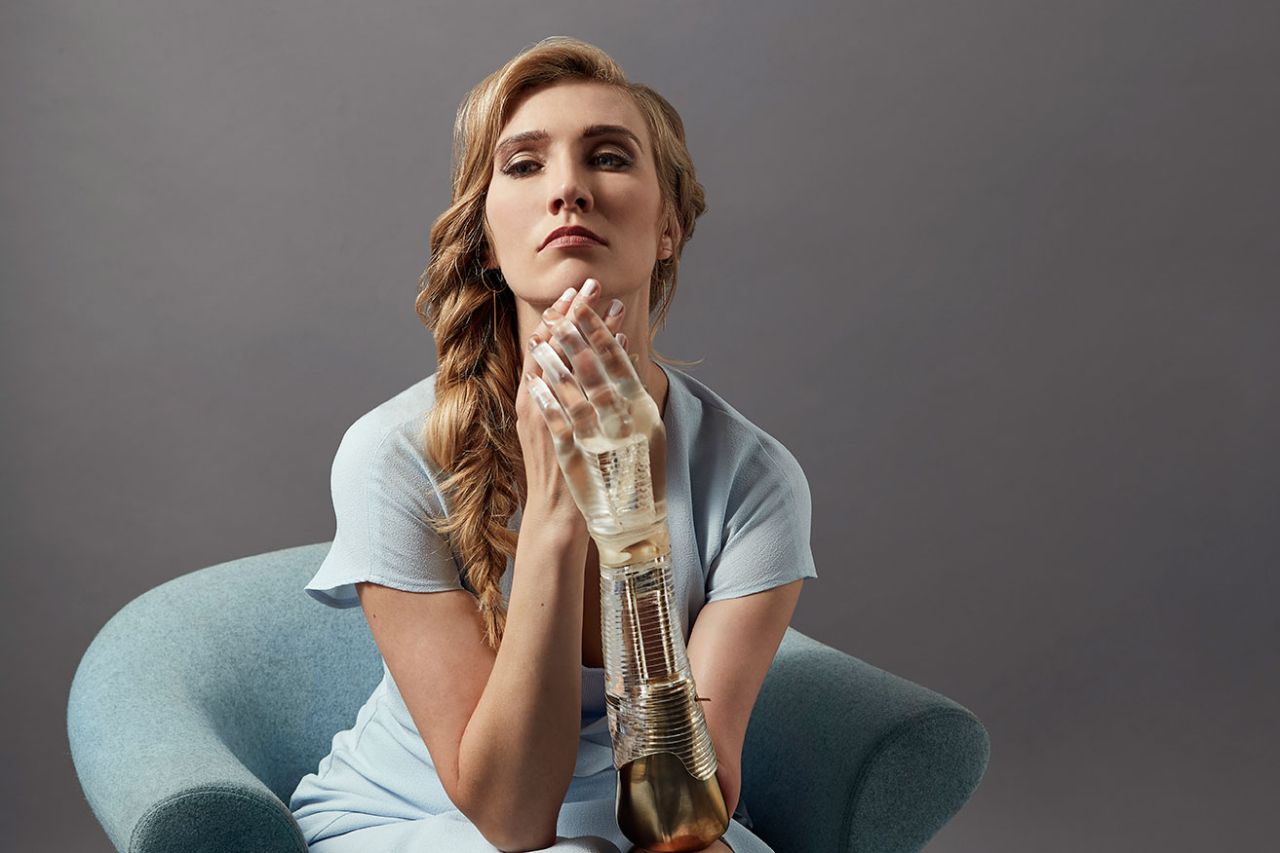Prosthetics have long been seen primarily as functional tools designed to restore mobility and independence to those who have lost limbs. However, a growing movement among artists and designers is transforming prosthetic devices into powerful works of art and personal expressions of identity. This intersection of technology, art, and culture is reshaping how society perceives prosthetics, moving beyond mere utility to embrace aesthetics and individuality. In this article, we explore how cultural and artistic prosthetics are emerging as a unique form of self-expression and empowerment.
The Evolution of Prosthetic Design
Historically, prosthetics were designed with a singular focus on functionality. Early prosthetic limbs were rudimentary and often uncomfortable, serving the basic purpose of replacing lost limbs. Over time, advancements in materials and engineering led to more sophisticated and comfortable designs. However, the aesthetic aspect of prosthetics was largely overlooked until recently.
The shift towards incorporating art and culture into prosthetic design began as individuals started to seek more personalized and visually appealing options. Artists and designers saw an opportunity to blend functionality with creativity, leading to a wave of innovative prosthetic designs that celebrate uniqueness and personal expression.
Prosthetics as Works of Art
Artists and designers are now creating prosthetics that are not only functional but also visually stunning. These artistic prosthetics serve as a canvas for creative expression, allowing wearers to showcase their personality and style. Here are a few notable examples of how art is being integrated into prosthetic design:
- Sophie de Oliveira Barata and the Alternative Limb Project: Sophie de Oliveira Barata, a pioneering artist in the field of prosthetic design, founded the Alternative Limb Project. She creates bespoke prosthetic limbs that are both functional and artistic. Her designs range from hyper-realistic limbs to fantastical creations adorned with intricate details, jewels, and even LED lights. Barata’s work emphasizes the individuality of each client, turning their prosthetic into a unique piece of art.
- Viktoria Modesta’s Bionic Art: Viktoria Modesta, a model and singer, has become a symbol of the artistic prosthetic movement. She collaborates with designers to create avant-garde prosthetic legs that blend fashion, technology, and art. Her prosthetics are featured in music videos and live performances, challenging traditional notions of beauty and disability.
- Scott Summit and Bespoke Innovations: Scott Summit, an industrial designer, co-founded Bespoke Innovations to create custom prosthetic covers that are both functional and artistic. Using 3D printing technology, Bespoke Innovations produces personalized designs that reflect the wearer’s tastes and lifestyle. These covers can feature intricate patterns, colors, and textures, transforming the prosthetic into a fashionable accessory.
Cultural Significance and Identity
Prosthetics as works of art are not just about aesthetics; they carry deep cultural and personal significance. For many individuals, their prosthetic limb becomes a symbol of identity and empowerment. Here’s how cultural and artistic prosthetics are making an impact:
- Embracing Diversity: Artistic prosthetics celebrate diversity by recognizing that each individual’s journey and identity are unique. Custom designs allow wearers to express their cultural heritage, personal experiences, and artistic tastes. This celebration of diversity fosters a more inclusive and accepting society.
- Breaking Stereotypes: Traditional prosthetics often aimed to blend in and appear as natural as possible. Artistic prosthetics, on the other hand, challenge societal norms and stereotypes about disability. By turning prosthetics into bold and eye-catching pieces, wearers can reclaim their narrative and assert their presence with confidence.
- Empowerment and Confidence: Wearing a prosthetic that reflects one’s personality can significantly boost self-esteem and confidence. Artistic prosthetics empower individuals to embrace their differences and take pride in their unique appearance. This empowerment extends beyond the physical to the psychological, fostering a positive self-image.
The Role of Technology
Advancements in technology have played a crucial role in enabling the creation of cultural and artistic prosthetics. Here are some key technological innovations driving this movement:
- 3D Printing: 3D printing technology has revolutionized prosthetic design by allowing for rapid prototyping and customization. Artists and designers can create intricate and personalized designs that would be impossible with traditional manufacturing methods. 3D printing also makes it easier to produce affordable prosthetic covers, democratizing access to artistic prosthetics.
- Advanced Materials: The development of new materials, such as lightweight metals, durable polymers, and flexible silicones, has expanded the possibilities for prosthetic design. These materials provide the durability and comfort needed for everyday use while allowing for artistic embellishments.
- Digital Design Tools: Digital design tools, including CAD software and virtual reality modeling, enable designers to experiment with complex shapes and patterns. These tools facilitate collaboration between artists and engineers, resulting in prosthetics that are both functional and aesthetically pleasing.
The Future of Cultural and Artistic Prosthetics
The future of cultural and artistic prosthetics is promising, with continued advancements in technology and growing acceptance of diverse forms of self-expression. Here are some trends and potential developments to watch for:
- Collaborative Projects: Increased collaboration between artists, designers, engineers, and medical professionals will lead to more innovative and personalized prosthetic designs. These collaborations can also involve input from prosthetic users, ensuring that the final product meets their needs and preferences.
- Mainstream Acceptance: As cultural and artistic prosthetics gain visibility through media and public figures, mainstream acceptance is likely to grow. This acceptance will encourage more individuals to explore personalized prosthetic options and reduce the stigma associated with wearing prosthetics.
- Integration with Wearable Technology: Future prosthetics may integrate wearable technology, such as sensors and smart fabrics, to enhance functionality and interactivity. These innovations will further blur the line between prosthetics and art, creating dynamic and responsive designs.
- Educational Initiatives: Educational programs and workshops that teach artists and designers about prosthetic design can foster a new generation of creators who prioritize both functionality and aesthetics. These initiatives can also raise awareness about the importance of inclusive and diverse design.
Conclusion
Cultural and artistic prosthetics represent a significant evolution in the field of prosthetic design. By turning functional devices into works of art, artists and designers are challenging traditional perceptions of disability and empowering individuals to express their identity with pride. As technology continues to advance and societal attitudes shift towards greater acceptance of diversity, the future of prosthetics will undoubtedly be more inclusive, creative, and personalized. Through this fusion of art and technology, prosthetics are becoming not just tools for mobility but powerful symbols of human resilience and individuality.


